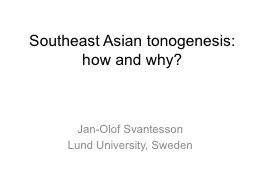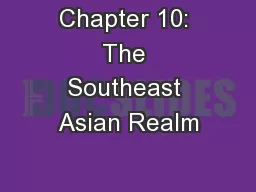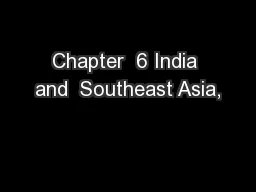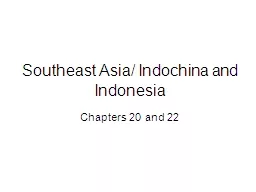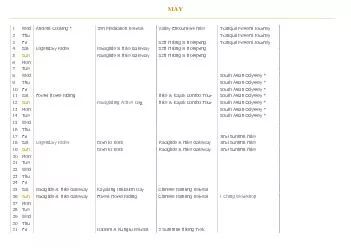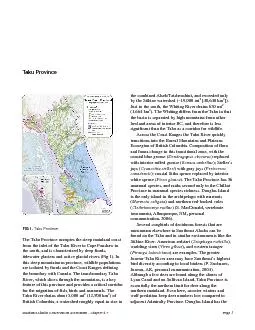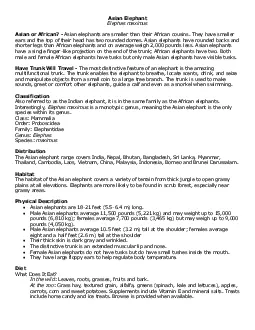PPT-Southeast Asian tonogenesis:
Author : danika-pritchard | Published Date : 2016-06-02
how and why JanOlof Svantesson Lund University Sweden Southeast Asian tonogenesis Merger of voiceless and voiced onset consonants Tonogenesis A nontonal language
Presentation Embed Code
Download Presentation
Download Presentation The PPT/PDF document "Southeast Asian tonogenesis:" is the property of its rightful owner. Permission is granted to download and print the materials on this website for personal, non-commercial use only, and to display it on your personal computer provided you do not modify the materials and that you retain all copyright notices contained in the materials. By downloading content from our website, you accept the terms of this agreement.
Southeast Asian tonogenesis:: Transcript
Download Rules Of Document
"Southeast Asian tonogenesis:"The content belongs to its owner. You may download and print it for personal use, without modification, and keep all copyright notices. By downloading, you agree to these terms.
Related Documents

